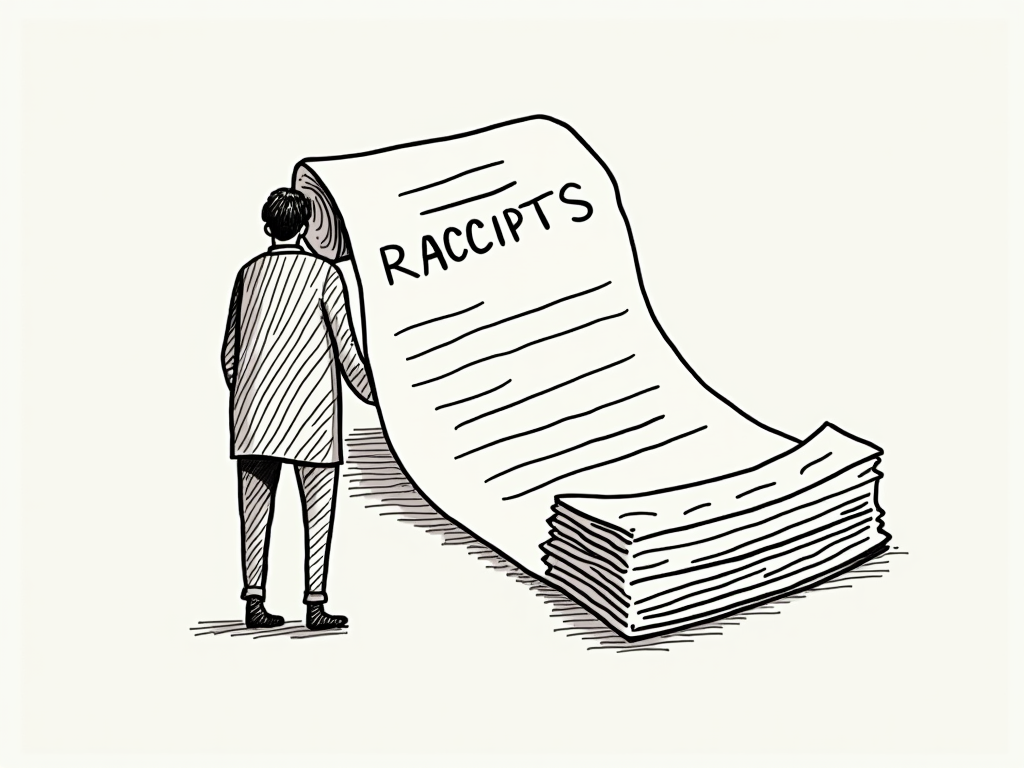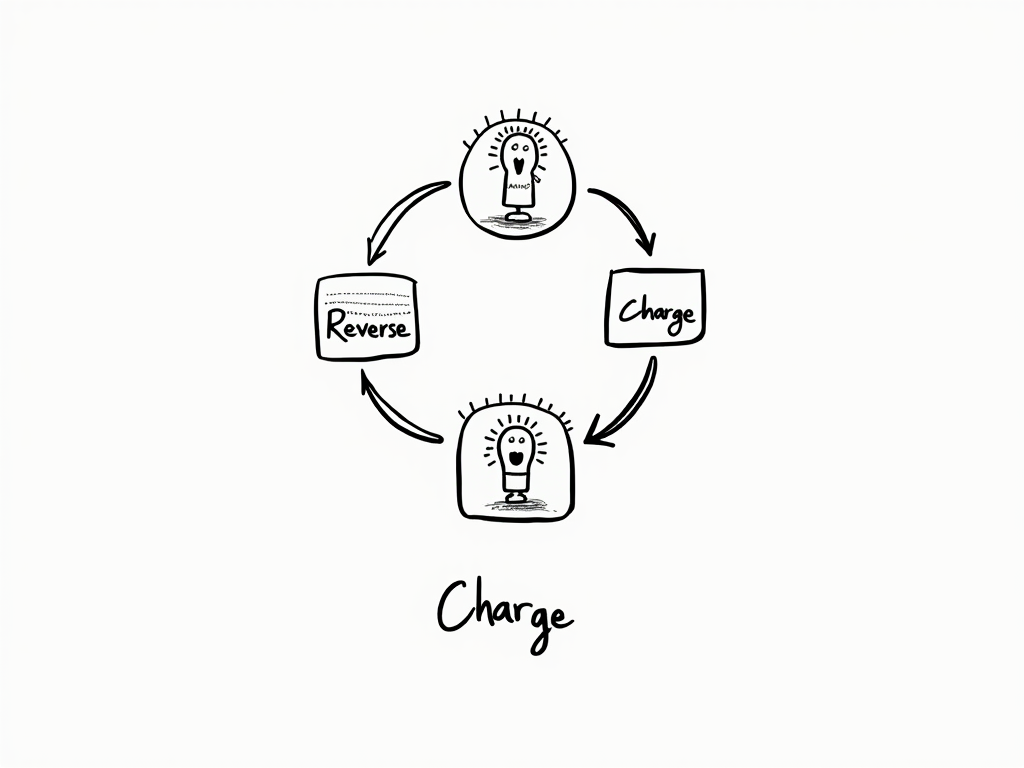
Claiming VAT Refunds in Poland: A Comprehensive Guide to Input Tax Deductions
Reading time: 14 minutes
Table of Contents
- Introduction to the Polish VAT System
- Eligibility Criteria for VAT Refunds
- Essential Documentation and Evidence
- The VAT Refund Process: Step-by-Step
- Timelines and Deadlines
- Common Challenges and Solutions
- Special Cases and Considerations
- Strategic VAT Optimization Techniques
- Conclusion
- Frequently Asked Questions
Introduction to the Polish VAT System
Navigating the Polish VAT system feels like deciphering a complex puzzle? You’re certainly not alone. Poland’s Value Added Tax (VAT) framework ranks among Europe’s most intricate tax systems, with its unique blend of EU directives and national regulations creating a challenging landscape for businesses of all sizes.
The standard VAT rate in Poland stands at 23%, with reduced rates of 8%, 5%, and 0% applying to specific goods and services. What makes the Polish system particularly demanding is its strict approach to compliance and documentation—a single misstep can mean rejected refund claims and potential penalties.
But here’s the straight talk: successful VAT recovery isn’t about perfection—it’s about strategic navigation of Poland’s tax environment with precision and attention to detail.
“The Polish VAT system has evolved significantly since Poland joined the EU in 2004, but it maintains certain unique characteristics that businesses must understand to optimize their tax position.” — Maciej Wisniewski, Tax Partner at KPMG Poland
This guide cuts through the complexity, offering practical insights for both foreign entities seeking cross-border refunds and domestic businesses aiming to optimize their VAT position. Let’s transform potential tax burdens into financial opportunities.
Eligibility Criteria for VAT Refunds
Understanding eligibility is the cornerstone of successful VAT recovery in Poland. Before diving into the procedural aspects, let’s clarify who can claim VAT refunds and under what circumstances.
For Polish-Registered Businesses
If you operate a business registered for VAT in Poland, you’re entitled to claim input tax deductions when:
- You’ve been charged VAT on goods or services used for your taxable business activities
- You possess proper documentation (primarily VAT invoices that comply with Polish requirements)
- The purchase relates to VAT-taxable supplies (with some exceptions for specific exempt activities)
- The claim is made within the statutory timeframe (generally within 5 years)
Not every business expense qualifies for VAT recovery. The Polish tax authorities impose specific restrictions on:
- Entertainment expenses (generally non-deductible)
- Passenger vehicle purchases and related expenses (partial 50% limitation)
- Accommodation and restaurant services (with specific exceptions)
- Expenses related to exempt activities
For Foreign Businesses (Non-Polish VAT Registrants)
If your business isn’t registered for VAT in Poland but is established in another EU country, you can claim Polish VAT refunds through the Electronic VAT Refund system (EVR). For businesses established outside the EU, refund claims are processed through the Thirteenth Directive procedure.
Eligibility criteria for foreign entities include:
- VAT registration in your country of establishment
- No permanent establishment or business activities requiring VAT registration in Poland
- No supplies of goods or services in Poland (with limited exceptions)
- Expenses that would qualify for input VAT deduction if incurred by a Polish business
Pro Tip: Foreign businesses should verify reciprocity requirements. Poland applies the principle of reciprocity, meaning businesses from non-EU countries can only claim VAT refunds if their home country offers similar refunds to Polish businesses.
Essential Documentation and Evidence
The Polish tax authorities maintain strict documentation requirements, making proper record-keeping absolutely crucial for successful VAT recovery.
Invoice Requirements
Polish VAT invoices must include specific elements to be considered valid for input tax deduction:
- Invoice date and sequential number
- Complete names and addresses of both supplier and purchaser
- VAT identification numbers of both parties
- Description and quantity of goods/services
- Date of supply (if different from invoice date)
- Net value, applicable VAT rate, and VAT amount
- Total gross amount payable
- For certain transactions: specific annotations required by law
Since 2022, Poland has been progressively implementing mandatory e-invoicing through the National e-Invoicing System (KSeF). Although initially voluntary, this system is expected to become mandatory, representing a significant change in documentation practices.
Additional Supporting Documentation
Beyond proper invoices, you may need to maintain:
- Proof of payment (bank statements, receipts)
- Transport documents for goods
- Contracts or agreements supporting the business purpose
- For capital goods: asset registers and depreciation schedules
- For intra-EU transactions: evidence of transport across borders
Case Study: Manufacturing Company Refund Rejection
A medium-sized manufacturing company in Wrocław faced a rejected VAT refund claim of approximately 450,000 PLN due to inadequate documentation. The tax authority cited missing proof of payment and incomplete transport documentation for imported machinery parts. After appealing and submitting the missing evidence, the refund was approved, but the company experienced a six-month delay in receiving funds, creating significant cash flow issues.
This case highlights the critical importance of maintaining comprehensive documentation from the outset, rather than scrambling to compile evidence during an audit.
The VAT Refund Process: Step-by-Step
Navigating the procedural aspects of VAT refunds in Poland requires methodical preparation and execution. Let’s break down the process for both domestic and foreign entities.
For Polish VAT Registrants
- VAT Return Filing: Submit your regular VAT return (JPK_V7M for monthly filers or JPK_V7K for quarterly filers) through the official tax portal.
- Refund Request: If input VAT exceeds output VAT, indicate on your return whether you want:
- A direct refund to your bank account
- A credit against future VAT liabilities
- Verification Process: The tax authority may conduct pre-refund verification, potentially requesting additional documentation.
- Refund Issuance: If approved, refunds are typically processed within:
- 25 days for standard refunds
- 60 days for cases requiring additional verification
- 180 days for special high-risk cases
For Foreign Businesses
EU-Based Companies:
- Submit refund applications electronically through your home country’s tax portal.
- Ensure your application includes all required information about your business and detailed listing of invoices.
- Applications are forwarded to the Polish tax authorities for processing.
- If additional information is requested, respond promptly within the specified deadline.
- Refunds are typically processed within 4-8 months.
Non-EU Companies:
- Submit paper application directly to the Second Mazovian Tax Office in Warsaw.
- Include original invoices, certificates of VAT status in your country, and a declaration of eligible activities.
- Appoint a tax representative in Poland (mandatory in most cases).
- Process typically takes 6-10 months for completion.
Quick Scenario: Imagine you’re a German consulting firm that provided services at a conference in Warsaw. What refund process would you follow? You’d submit your claim through the German tax portal (BZSt Online Portal), specifying the Polish VAT incurred on hotel accommodations, local transportation, and conference facilities. The German authorities would forward your application to Poland, where it would be processed according to the EU cross-border refund mechanism.
Timelines and Deadlines
Adhering to Poland’s strict VAT deadlines is non-negotiable for successful refund claims. Missing these deadlines typically results in the permanent loss of refund eligibility.
| Type of Refund | Deadline | Processing Time | Extension Possibility | Special Considerations |
|---|---|---|---|---|
| Regular domestic refund | 25th day of month following tax period | 25-60 days | No | Accelerated 25-day refunds require clean compliance history |
| EU company refund | September 30 of the following year | 4-8 months | No | Minimum claim amount: €400 (or €50 if claim covers full calendar year) |
| Non-EU company refund | June 30 of the following year | 6-10 months | No | Minimum claim amount: 400 PLN |
| VAT correction (domestic) | 5 years from end of tax year | 3-6 months | Yes, in special cases | Subject to detailed verification process |
| Response to tax authority inquiry | 7 days (typically) | N/A | Yes, upon request | Failure to respond can result in refund rejection |
Pro Tip: For businesses with consistent refund positions, consider applying for the monthly refund period rather than quarterly to improve cash flow. Regular refund claims also tend to face less scrutiny over time if your compliance history remains spotless.
Common Challenges and Solutions
Even well-prepared businesses encounter obstacles in the Polish VAT refund process. Understanding these challenges and having strategies to overcome them can significantly improve your success rate.
Challenge 1: Extended Verification Procedures
The Polish tax authorities have become increasingly cautious about VAT fraud, leading to extended verification periods that delay legitimate refunds.
Solution: Maintain impeccable documentation organized in a readily accessible format. Proactively communicate with tax authorities and respond to information requests within 24-48 hours when possible, even if the formal deadline is longer. Consider building a “verification package” with supporting documentation ready before submitting large refund claims.
Challenge 2: Split Payment Mechanism Complications
Poland’s mandatory split payment mechanism for specific sectors creates cash flow challenges when funds are trapped in VAT accounts with limited use options.
Solution: Optimize your purchasing patterns to utilize VAT account funds for paying your suppliers’ VAT portions. When necessary, submit an application to release funds from your VAT account to your operating account by demonstrating that the funds exceed your VAT obligations.
Case Study: IT Services Provider
A Warsaw-based IT services provider with significant investment in new data center equipment faced an extended 180-day verification period for a 1.2 million PLN refund claim. The company’s approach included:
- Pre-organized digital documentation packages categorized by expense type
- Proactive communication with the assigned tax inspector
- Business purpose memos for all major purchases
- Technical specifications linked to specific client projects
Result: Verification completed in 95 days (rather than 180), with the full refund approved. The company’s preparation significantly shortened the process.
Challenge 3: Reverse Charge Mechanism Errors
Misapplication of reverse charge rules for services can lead to double taxation or disputed refund claims.
Solution: Implement a systematic verification process for all cross-border transactions, including:
- Validating VAT numbers through the EU’s VIES system
- Documenting the nature of services with contracts and delivery evidence
- Creating decision trees for accounting teams to properly classify transactions
- Conducting quarterly reviews of reverse charge applications
Special Cases and Considerations
Certain business scenarios require special attention when claiming VAT refunds in Poland.
Real Estate Transactions
Real estate transactions in Poland involve complex VAT treatment with potential long-term implications:
- Commercial property sales are generally VAT-taxable (23%), creating significant refund opportunities
- Residential property sales may be subject to 8% VAT or exempt with option to tax
- Adjustment periods for capital goods (including real estate) extend to 10 years
- Land purchases have specific VAT treatment depending on designation and development status
Strategic Approach: For substantial real estate transactions, consider obtaining a tax ruling before proceeding. This binding interpretation provides certainty regarding VAT treatment and protects your refund position.
Chain Transactions and Triangulation
Supply chains involving multiple parties across different countries create complex VAT scenarios:
- Incorrectly structured transactions may lead to unnecessary VAT registration requirements
- Simplified triangulation rules can eliminate registration needs in certain EU scenarios
- Documentation requirements increase with transaction complexity
Pro Tip: Map out the physical flow of goods separately from the invoicing flow to identify potential VAT optimization opportunities and ensure correct application of place-of-supply rules.
Strategic VAT Optimization Techniques
Beyond basic compliance, strategic planning can enhance your VAT position in Poland.
Timing Strategies
Thoughtful timing of transactions can improve cash flow:
- Capital Expenditures: Plan major purchases near the beginning of a tax period to accelerate refund claims
- Invoice Dating: Understand how invoice dating affects reporting periods (especially at year-end)
- Advance Payment Invoices: Utilize advance payment mechanisms to accelerate input VAT recovery before goods delivery
Structural Optimization
Business structure decisions that impact VAT position:
- VAT Grouping: Though Poland doesn’t allow VAT groups, alternative structures can achieve similar benefits
- Importation Strategies: Consider using simplified import VAT accounting mechanisms
- Consignment Arrangements: Properly structured consignment arrangements can defer VAT obligations
Well, here’s the straight talk: Strategic VAT planning isn’t about aggressive tax avoidance—it’s about intelligently structuring legitimate business operations to minimize unnecessary tax burdens while maintaining full compliance.
Practical Roadmap for Optimization:
- Conduct a comprehensive VAT review to identify current inefficiencies
- Develop specific optimization strategies tailored to your business model
- Implement process improvements with clear documentation trails
- Regularly review and adjust as regulations evolve
Conclusion
Navigating Poland’s VAT refund system demands precision, patience, and strategic thinking. The complex regulatory landscape creates challenges but also opportunities for businesses that approach the process systematically.
Key takeaways from this guide:
- Immaculate documentation is non-negotiable for successful refund claims
- Timing considerations significantly impact cash flow outcomes
- Proactive communication with tax authorities can accelerate verification processes
- Strategic planning creates legitimate optimization opportunities
- Special transactions require careful structuring and documentation
Remember that VAT recovery isn’t just an administrative task—it’s a strategic financial process that directly impacts your bottom line. Investing in proper systems, professional guidance, and continuous education about Poland’s evolving VAT landscape will yield substantial returns through improved refund outcomes and reduced compliance risks.
The right approach to VAT isn’t just about avoiding problems—it’s about creating scalable, resilient business foundations that support your growth in the Polish market.
Frequently Asked Questions
What are the most common reasons for VAT refund rejections in Poland?
The leading causes of rejection include insufficient documentation (particularly incomplete invoices or missing proof of payment), failure to demonstrate business purpose, missed deadlines for responses to tax authority inquiries, and inappropriate application of VAT rates. Polish authorities are particularly strict about formal invoice requirements and evidence of actual payment. To minimize rejection risk, implement a pre-submission review process for large refund claims and maintain comprehensive digital documentation organized by transaction type.
How can I accelerate VAT refunds for my Polish business operations?
Accelerating refunds requires a multi-faceted approach: maintain impeccable compliance history (no late filings or payments), submit complete and well-organized documentation with your initial claim, respond promptly to authority inquiries (within 24-48 hours when possible), consider requesting monthly rather than quarterly refund periods, and for significant refunds, proactively contact the tax office to establish communication channels. Businesses with clean compliance records can also request expedited 25-day refunds rather than the standard 60-day process.
Do I need a fiscal representative to claim VAT refunds as a foreign business?
The requirement depends on your company’s location. EU-based businesses don’t need a fiscal representative when claiming refunds through the Electronic VAT Refund system. However, non-EU businesses must generally appoint a fiscal representative when filing claims under the Thirteenth Directive procedure. This representative takes on significant liability, as they become jointly responsible for your VAT obligations. The representative’s fees typically range from 5-10% of the claimed amount, with minimum fees applying to smaller claims. Choose representatives with specific experience in your industry for best results.



